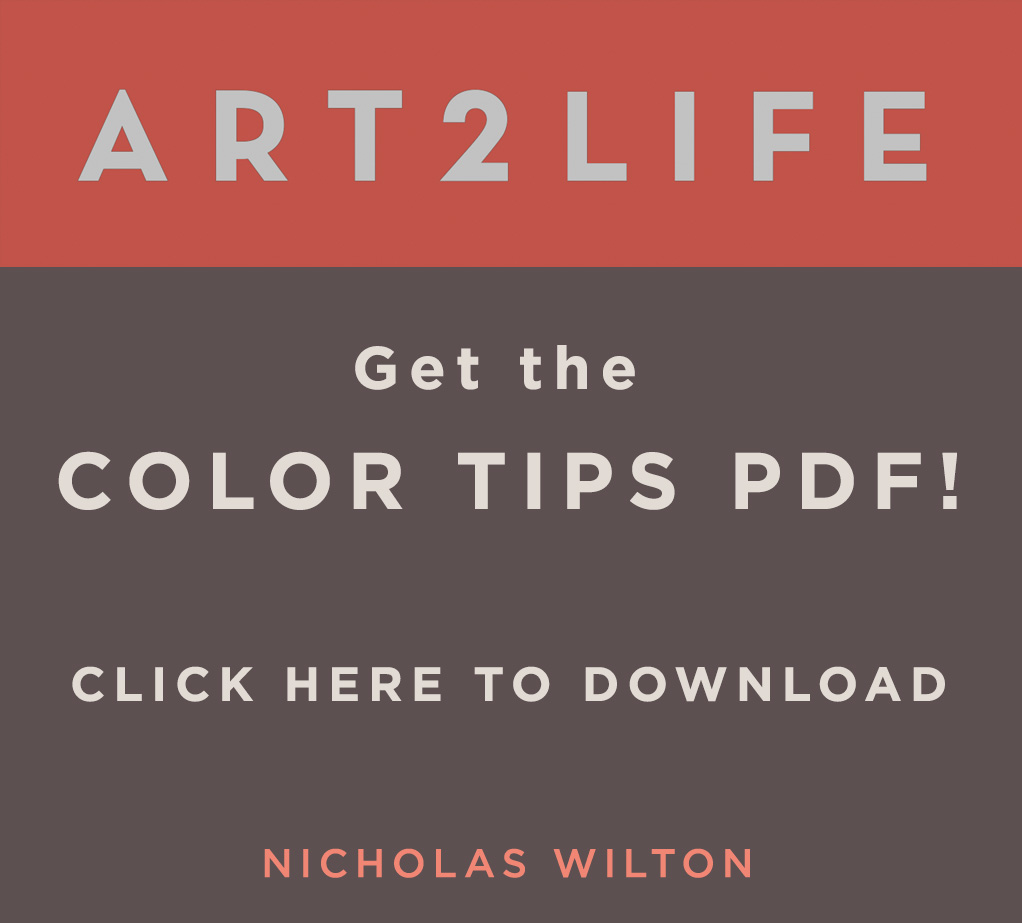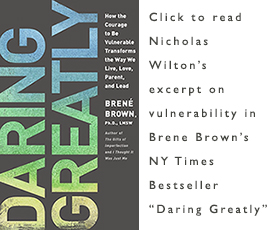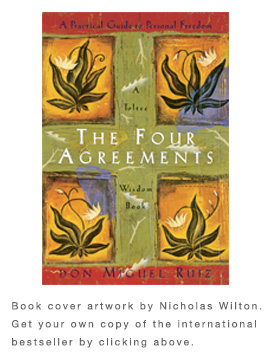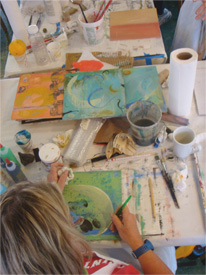I have noticed an interesting thing about how I learn and how I improve my art. I used to think that the MORE time I spent painting-actually physically working hard was in direct proportion to how much MORE I learned and improved my work.
Working hard is something I have forced myself to get good at but now I think that maybe this was not such a good thing to get good at after all. Listening to the poet philosopher David Whyte speaking in San Francisco a couple of years ago I jotted something down in my sketchbook that he said regarding learning. He was talking more metaphorically, probably larger in terms of learning from our life – how to live, rather than art making, but it resonated with me. It was a quick sentence and at the time I didn’t really understand, so I wrote it down so later I would. He said, “…Visitation, absence, visitation, absence, visitation, absence, (this repeated over and over again) is how we learn.” In other words the time BETWEEN the periods of effort, the pauses in-between are fundamentally as important as the periods of work. He believes that this “on, off and on again “ process produces more consistent, more substantial results. This is true for me too. Does this resonate with how you learn?
I teach a 7-dayworkshop every year at Esalen. This is an amazing opportunity for people to spend an unbroken week just focusing on their art. The improvement is extraordinary. However I also teach a 6 week, 3 hours per week Artful Life ongoing course in my studio. What I am seeing, amazingly is that these students, even though they are only working 3 hours a week are also improving at an amazing rate. What I think is happening is that even though they are not physically painting they are nonetheless still THINKING about principles they have learned. Examples of color, value, composition all begin to creep into their everyday life and as a result their visual sensitivity increases. I see a marked improvement when they come to class the 2nd and 3rd time, even though they have NOT been painting. Miraculously they just have improved.
So maybe, and I am mostly needing to tell myself this, we don’t need to work harder, but instead just put the brushes in the can of turpentine and go away for the afternoon. Suddenly, in the name of improving my work, bird watching, maybe collecting driftwood or even playing bocce ball all suddenly seem relevant.
Visitation, Absence, visitation, absence. I think I am going to like this new way of working.
The photograph was taken following my daughter Lyla, 19 on the final ascent of “Clouds Rest” a nine thousand ft. peak in Yosemite National Park.




